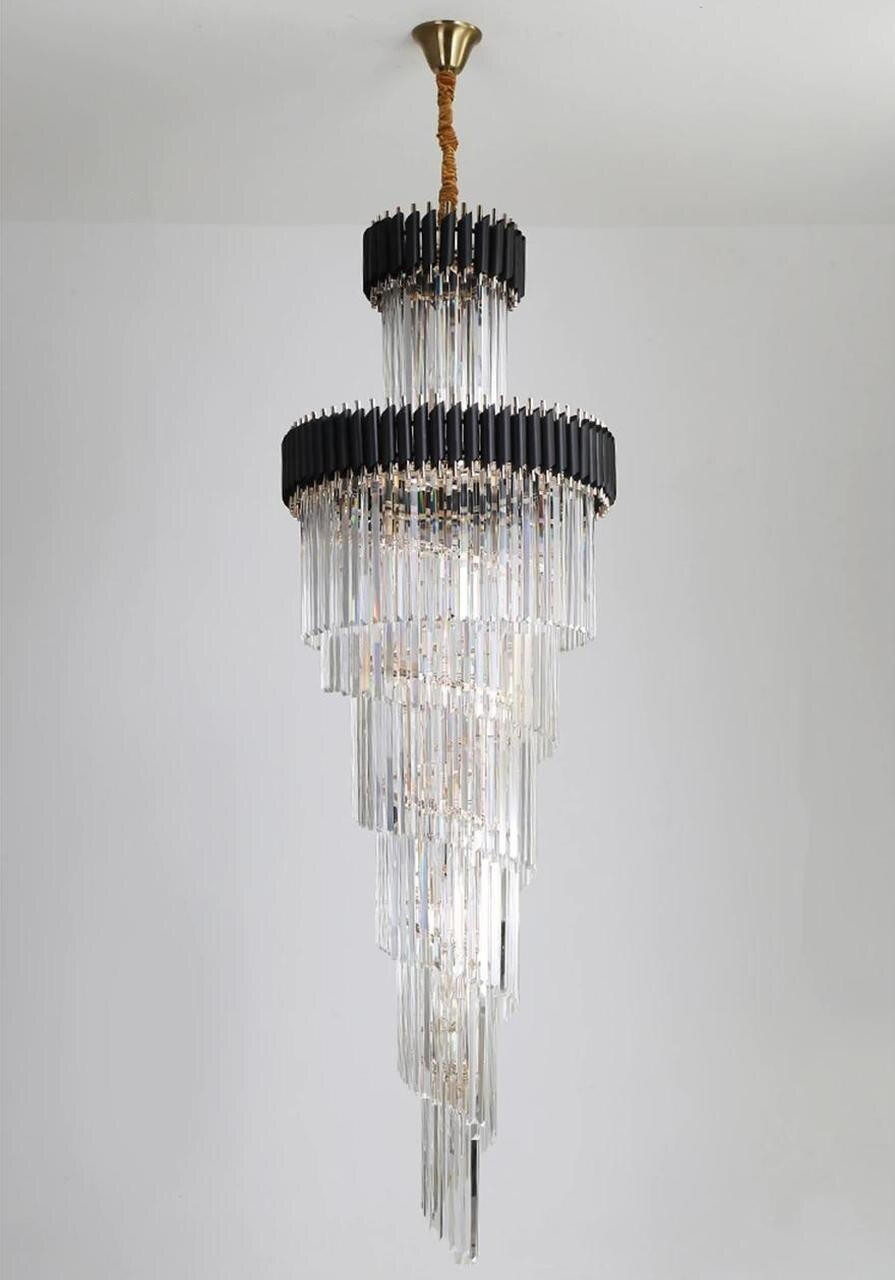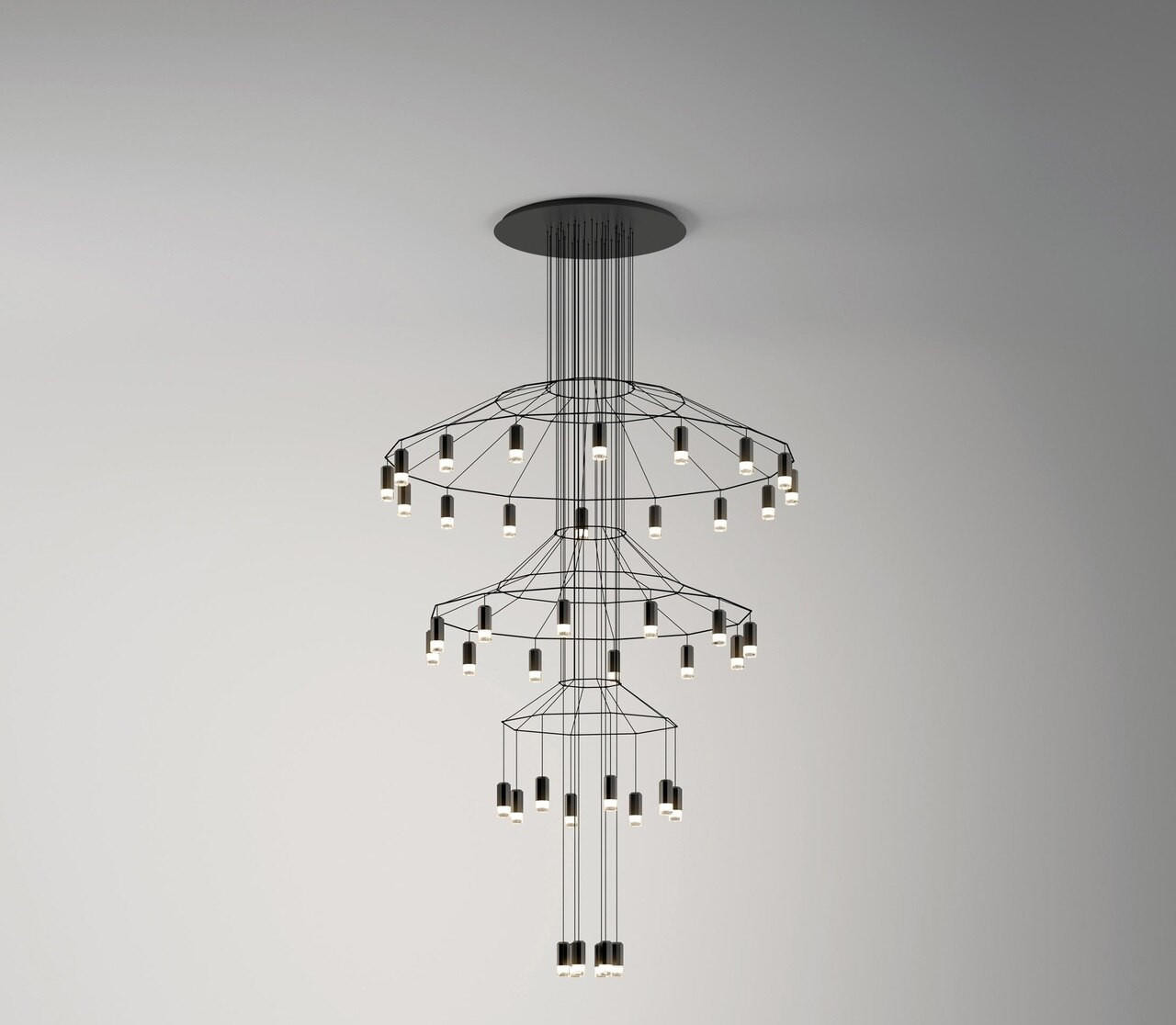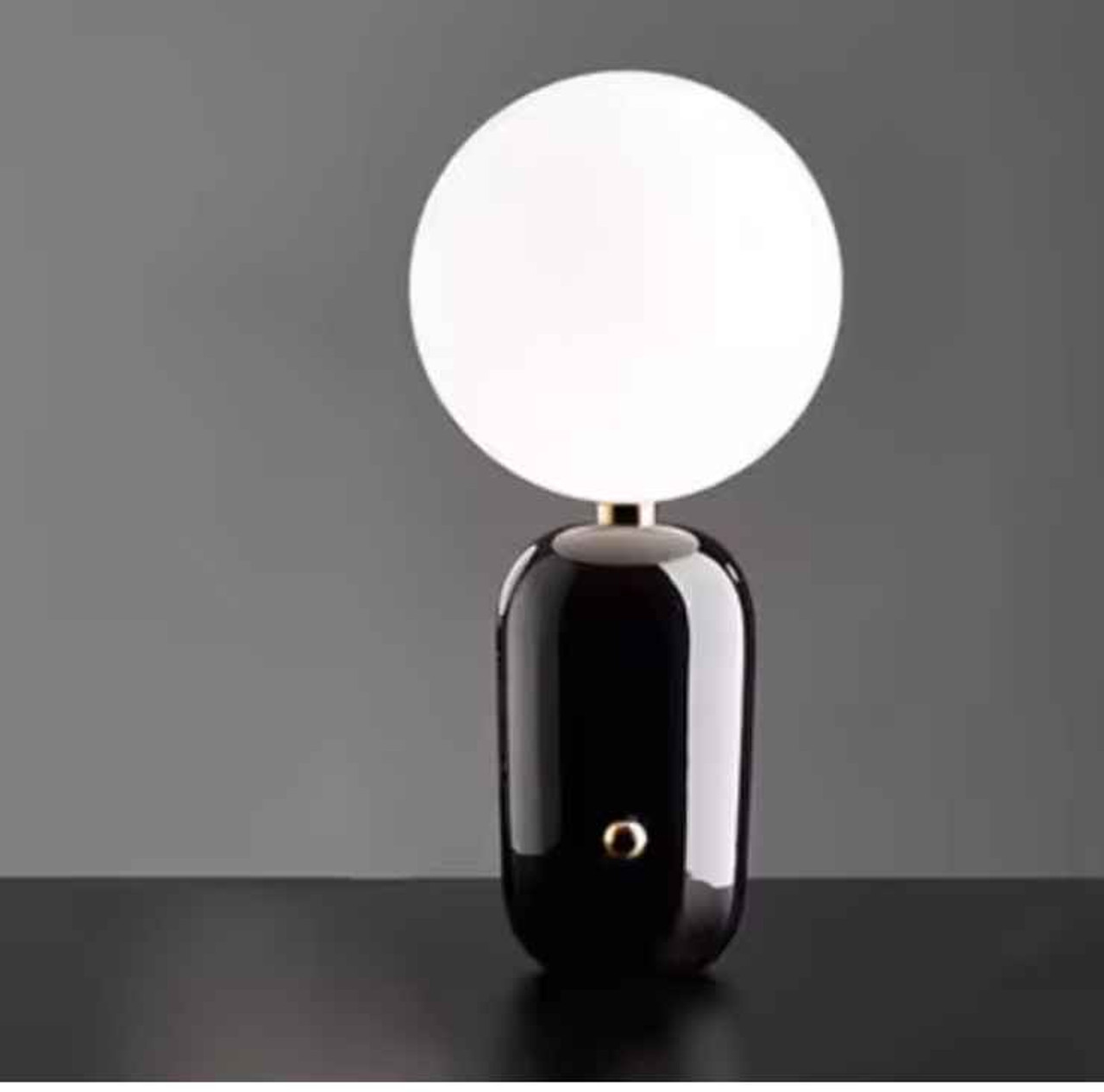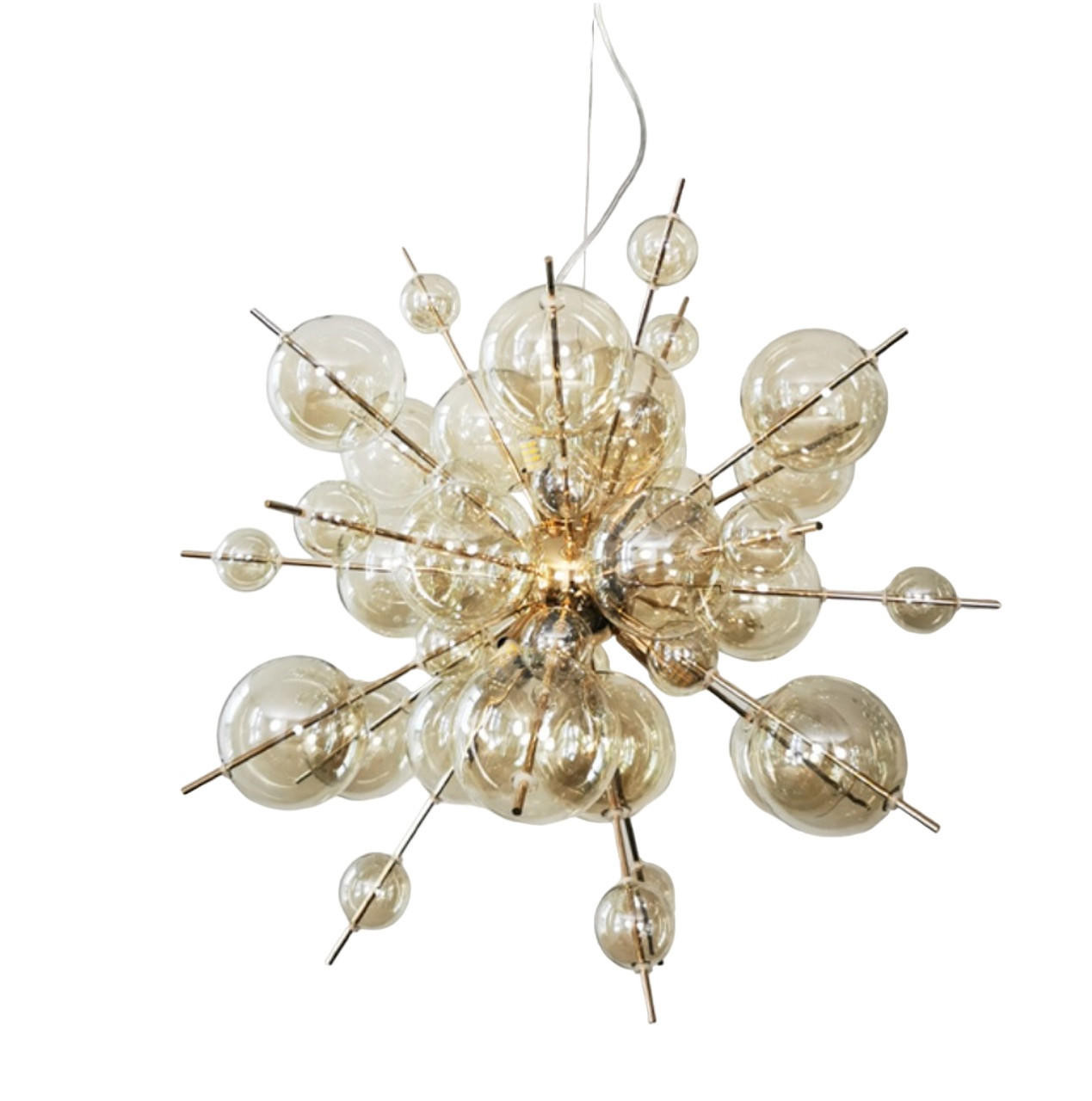Pier Giacomo Castiglioni and the Bauhaus Influence on Mid-Century Italian Design
Posted by Tina Romana - Interior Designer on 10th Sep 2024
Pier Giacomo Castiglioni was not just a name among Italy’s celebrated mid-century designers; he was an icon, a visionary who transformed the landscape of industrial design. His work, especially when examined through the lens of Bauhaus influence, highlights a deep connection between form and function, and how these principles shaped the aesthetic of mid-century Italian design. When we think about modernism and its European roots, we often point to Bauhaus, the German school of design founded by Walter Gropius in 1919. Its influence echoed across the continent, but in Italy, the reverberations took on a life of their own, thanks in part to pioneers like Castiglioni.
As a designer, Pier Giacomo Castiglioni wasn’t just adhering to the trends of his time; he was pushing boundaries, questioning norms, and playing with the relationship between practicality and beauty. His approach was as much influenced by Bauhaus ideals as it was by the rich cultural and artisanal history of Italy. This duality is what makes his work so compelling. While Bauhaus celebrated the unity of art, craft, and technology, Castiglioni infused these principles with an Italian flair for elegance, innovation, and a profound understanding of human interaction with objects.
In this article, we will explore how Pier Giacomo Castiglioni embodied the Bauhaus philosophy while evolving it into something distinctly his own. Through his iconic designs, such as the Arco lamp and the Lierna chair, we can see how Bauhaus’ teachings shaped his process and, ultimately, helped redefine mid-century Italian design.
The Bauhaus Philosophy: Form Follows Function
To truly understand Pier Giacomo Castiglioni’s work and its relationship to Bauhaus, we must first delve into the core philosophy of the Bauhaus school. One of the most enduring principles of Bauhaus is the idea that "form follows function." This means that the design of an object should be guided by its purpose, stripping away any unnecessary ornamentation or embellishment. The Bauhaus approach was one of pure practicality, where art was elevated by its usefulness, and beauty emerged from simplicity.
For the Bauhaus school, this focus on function was a reaction to the extravagance and ornamentation that characterized the art movements before it. Bauhaus rejected the notion that art and design should exist separately from the needs of everyday life. Instead, it sought to integrate the two, creating objects that were both aesthetically pleasing and highly practical. It was a form of democratization of design, where beauty could be accessible to all, not just those who could afford luxury.
This ideology found a powerful resonance in the work of Pier Giacomo Castiglioni. He understood that great design wasn’t just about making something look good—it was about making it work beautifully within the context of everyday life. His pieces are thoughtful, stripped-down in their aesthetic but rich in their functionality. And yet, Castiglioni never lost sight of Italy’s design heritage—a heritage that valued beauty and artistry even in the most utilitarian of objects.
The Italian Design Tradition Meets Bauhaus Minimalism
Italy, during the early to mid-20th century, was a country deeply rooted in craftsmanship, artisanal skill, and an appreciation for aesthetics that went back centuries. From Renaissance art to Baroque architecture, Italy’s cultural DNA was intertwined with beauty. However, post-World War II Italy was also a country in recovery, seeking to rebuild itself through industry and innovation.
This confluence of industrial growth and artisanal tradition provided fertile ground for designers like Pier Giacomo Castiglioni to explore new ideas. Italy’s post-war reconstruction brought about a wave of industrialization that demanded more functional, mass-produced objects, yet the Italian spirit refused to let go of its artistic roots. Here, Bauhaus ideas merged with Italian sensibility.
Pier Giacomo Castiglioni, along with his brother Achille Castiglioni, became central figures in this new era of design. The Castiglioni brothers’ work embodied a seamless blend of Bauhaus functionality and Italian elegance. They took the minimalist principles of Bauhaus—clean lines, simple forms, and practical purposes—and injected them with an innate understanding of how Italians interacted with their spaces and objects.
Their creations were not just utilitarian; they were also playful, elegant, and profoundly human. It was this balance between the Bauhaus commitment to functionality and the Italian passion for beauty that made Pier Giacomo Castiglioni’s designs so revolutionary. His work felt rooted in the future yet connected to the past, reflecting the shifting cultural landscape of mid-century Italy.
Pier Giacomo Castiglioni’s Key Works and Bauhaus Influences
The Arco Lamp (1962)
Perhaps the most famous of Pier Giacomo Castiglioni’s designs, the Arco Lamp, is a perfect embodiment of Bauhaus influence interwoven with Italian ingenuity. The lamp, created in collaboration with his brother Achille, is both practical and sculptural, epitomizing the Bauhaus principle that objects should be useful while also serving as works of art.
The Arco Lamp, with its sleek, curved arm and sturdy marble base, is an exercise in functional design. Its form was designed with a clear purpose: to create overhead lighting without the need for ceiling installation. The designers sought to provide a solution for homes and spaces where hanging fixtures weren’t feasible. The long, elegant arch allowed the light to hover over a dining or living area, while the heavy marble base ensured stability.
This design is a masterclass in balancing form and function. The choice of materials—marble, stainless steel, and aluminum—highlight the Bauhaus influence, as these were industrial, readily available materials, yet in Castiglioni’s hands, they are transformed into something graceful. The visual lightness of the arch contrasts beautifully with the solid, heavy base, showcasing Castiglioni’s genius in balancing opposing elements.
The Lierna Chair (1960)
Another iconic piece by Pier Giacomo Castiglioni is the Lierna chair, which demonstrates his commitment to simplicity and utility. The chair is minimalist in its design, featuring clean, unobstructed lines and a focus on comfort. Like many Bauhaus designs, the Lierna chair is stripped of unnecessary decoration, its beauty lying in its purity of form and attention to how it interacts with the human body.
The chair’s structure, made from tubular steel, harkens back to Bauhaus pioneers like Marcel Breuer, who famously experimented with steel in furniture design. The choice of material not only gave the chair a modern, industrial feel but also made it lightweight and easily mass-producible. This focus on mass production was a key Bauhaus ideal, one that Pier Giacomo Castiglioni fully embraced as he sought to make design accessible to a broader audience.
Yet, despite its industrial materials and straightforward form, the Lierna chair retains a certain Italian flair. It’s not just functional—it’s graceful, inviting, and remarkably comfortable. It’s a chair designed not only to serve a purpose but also to enhance the space it inhabits. This duality, where functionality meets elegance, is what sets Pier Giacomo Castiglioni apart from his Bauhaus predecessors.
The Mezzadro Stool (1957)
The Mezzadro stool is a brilliant example of Castiglioni’s playful approach to design. Created in collaboration with his brother Achille, this stool takes a seemingly mundane object—a tractor seat—and recontextualizes it as a modern, minimalist piece of furniture. The seat, attached to a simple steel rod, bends into a sleek base, creating a stool that is as functional as it is humorous.
The Bauhaus influence is clear in the use of industrial materials and the focus on functionality, but the Mezzadro stool also reveals Castiglioni’s willingness to play with context and meaning. By repurposing a tractor seat, he invites us to rethink the relationship between objects and their intended use—a concept that was also central to Bauhaus philosophy, where everyday objects were often reimagined and elevated to art forms.
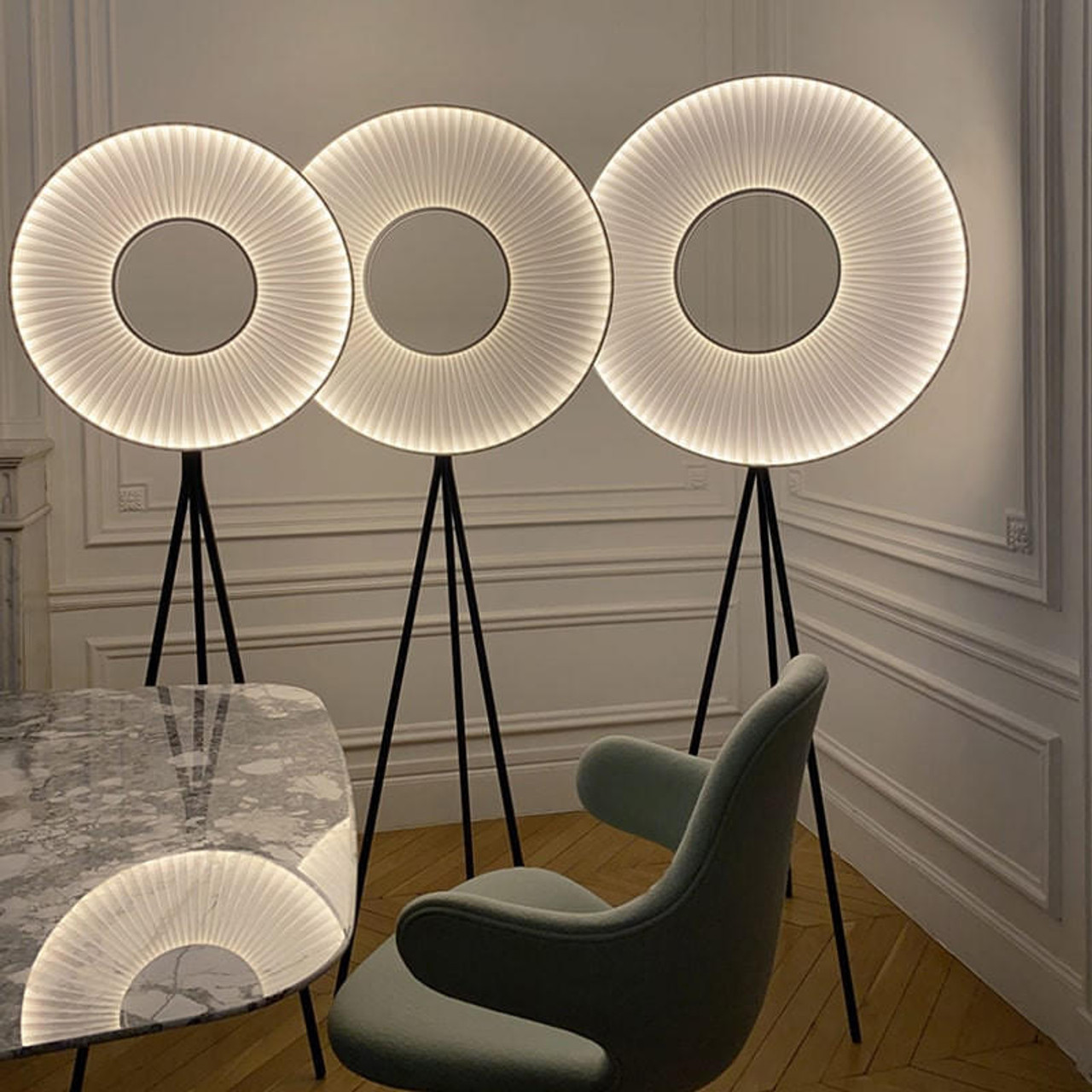
Bauhaus Ideals in Mid-Century Italian Design
What Pier Giacomo Castiglioni achieved, along with other Italian designers of his time, was the adaptation of Bauhaus ideals to Italy’s unique cultural and economic circumstances. The mid-century period in Italy was one of rapid change, with a growing middle class eager for modern, practical designs that suited their evolving lifestyles. Bauhaus provided a foundational philosophy, but it was Castiglioni who infused it with Italian warmth and a touch of irreverence.
Italian mid-century design, as influenced by Bauhaus, became about more than just creating functional objects. It was about crafting experiences, enriching everyday life, and fostering a deep emotional connection between people and the objects they used. Castiglioni’s work exemplified this shift. His designs were not just utilitarian; they were thoughtful and joyful, pushing the boundaries of how we think about the spaces we inhabit.
Castiglioni also demonstrated a deep respect for materiality, another Bauhaus legacy. He often worked with industrial materials like metal, glass, and plastic, but treated them in ways that celebrated their intrinsic properties. For example, the smooth, reflective surfaces of stainless steel in the Arco Lamp or the glossy plastic of his modular shelving systems became integral to the overall aesthetic, rather than being disguised or altered.
The Enduring Legacy of Pier Giacomo Castiglioni
Pier Giacomo Castiglioni’s work remains relevant today, not only because of its timeless aesthetics but because it continues to challenge us to think about design in new ways. His integration of Bauhaus principles—form follows function, the use of industrial materials, and the democratization of design—laid the groundwork for much of what we now recognize as modern Italian design.
What makes his legacy even more significant is how he expanded on Bauhaus ideas, making them feel distinctly Italian. He infused Bauhaus with a sense of humanity, humor, and beauty, creating objects that are as functional as they are expressive. His designs encourage us to engage with the world around us, to question how we interact with everyday objects, and to see beauty in simplicity.
Today, designers worldwide continue to draw inspiration from Castiglioni’s work. Whether through the continued production of his iconic pieces, such as the Arco Lamp, or through new interpretations of his design philosophy, Pier Giacomo Castiglioni’s influence on the world of design remains as powerful as ever.
Conclusion
Pier Giacomo Castiglioni was more than just a designer; he was a pioneer who helped define mid-century Italian design by merging Bauhaus functionality with Italian artistry. His work speaks to a unique moment in design history, where practicality met elegance, and where modernism found its playful, human side.
In studying Castiglioni’s designs, we see how the Bauhaus philosophy of "form follows function" was not a limitation but a springboard for innovation. By blending these principles with his own cultural sensibilities, Castiglioni created a body of work that transcends time, continuing to inspire designers and creatives around the world. Through his lens, we understand that great design is not just about aesthetics or utility—it’s about enriching our everyday lives and creating beauty that lasts.



